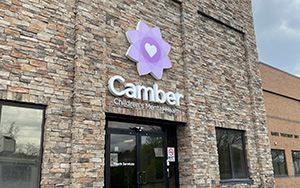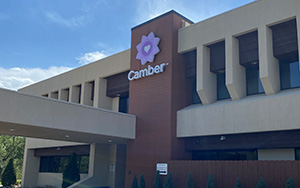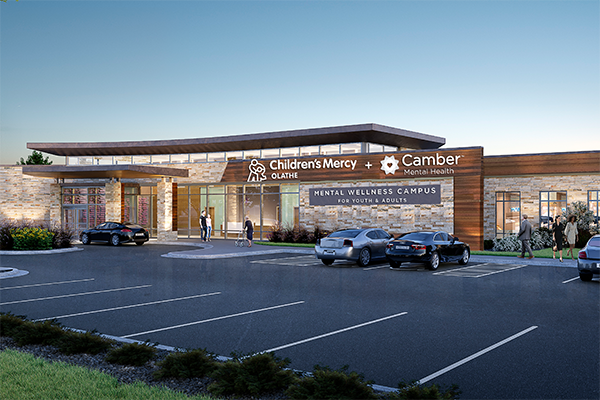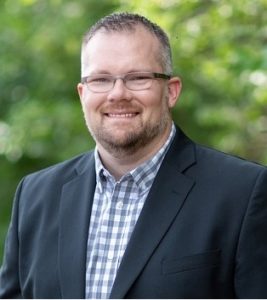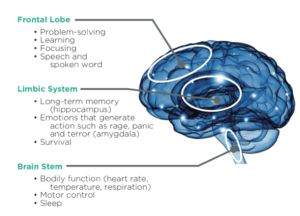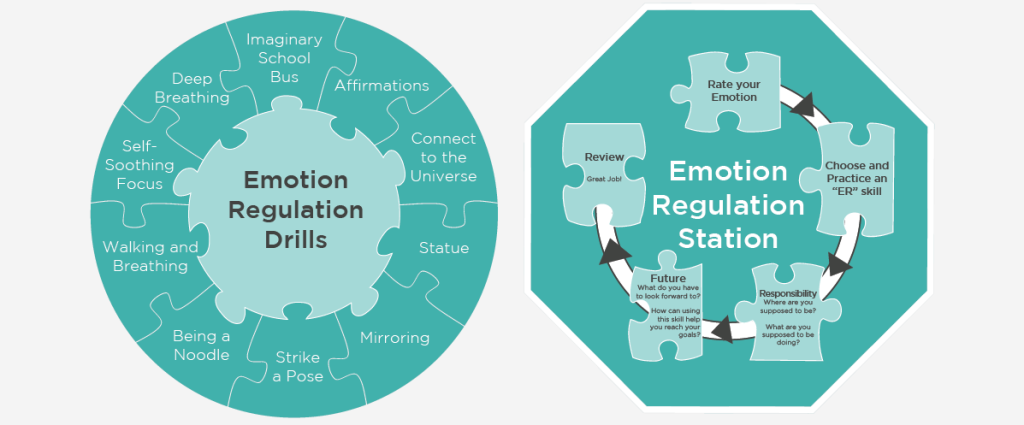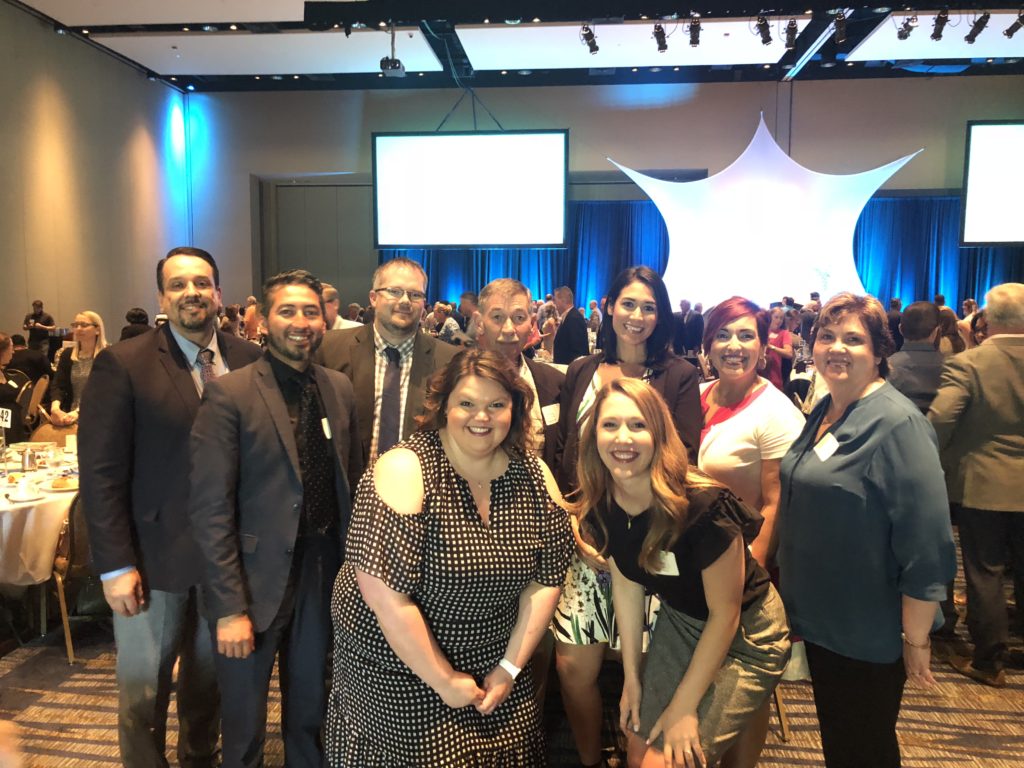Healing Childhood Trauma with Innovation: James Roberson
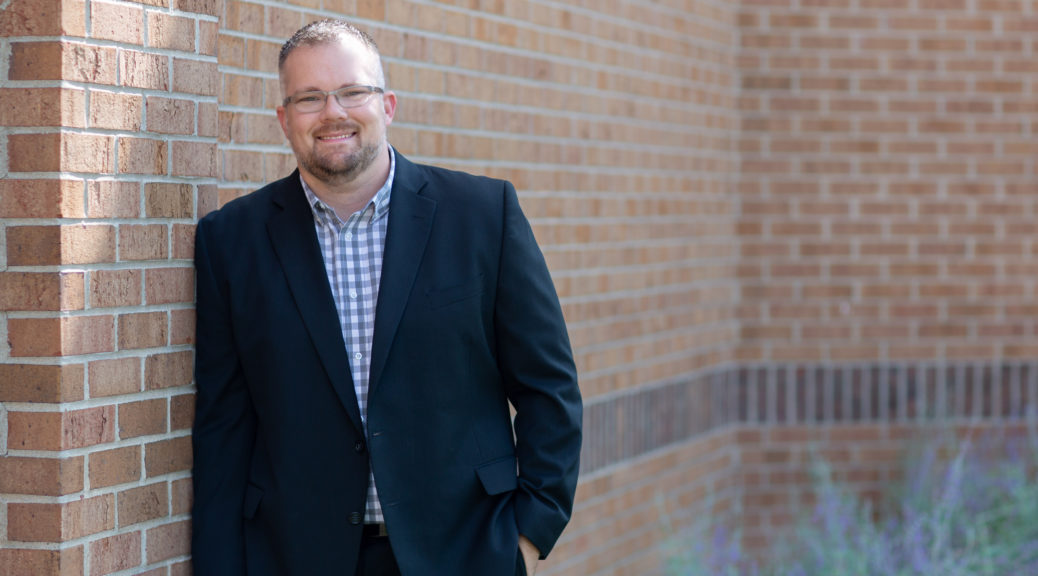
From the time he was 15 years old, James Roberson found a deep interest in psychology and understanding why some people struggle with mental illness. He was driven to understand the different factors at play—whether it be genetic, behavioral, environmental, or experience-based—and how these factors influenced a person’s thoughts and feelings. Though James had planned for his career to focus on studying adults, he found a passion for helping kids—and now, he wouldn’t have it any other way.
Learn about the most common forms of youth counseling and therapy and where to find them with this free guide.
James Roberson serves as Senior Vice President of Camber Children’s Mental Health (previously KVC Hospitals) and leads teams of mental health providers caring for children and teens receiving psychiatric treatment in Kansas City, Wichita and Hays. Each facility helps youth who are struggling with depression, anxiety, thoughts of self-harm, the effects of trauma, and other mental and behavioral health challenges. In 2017, Camber provided 9,731 individual therapy sessions, treated 3,456 youth and adults, and conducted 400 therapeutic virtual reality sessions.
We recently sat down with James to discuss how he’s helping so many children understand their own brain development and leading the innovative neuroscience initiatives at Camber.
Q: When did your work in mental health shift to focus on childhood trauma?
James: In 2008, Camber started focusing on childhood trauma and what was happening inside a child’s brain when they experience trauma. I quickly realized that the way I had been thinking about it was all wrong. I was trying to help kids think differently and understand their trauma differently. In reality, trauma-impacted how children experience the world emotionally, socially and cognitively. We need new ways to change how children experienced the world around them.
From advances in neuroscience and new brain scan technology, we came to realize that traumatic experience impacted the architecture of the brain in a way that impacts our ability to cope with stress and manage complex human interactions. Then a light bulb went off. Most of the mental health symptoms we were seeing were related to toxic levels of stress in the child’s life.
Q: How are Camber’s hands-on therapies transforming psychiatric treatment for children?
James: When we started treating trauma, we found that our therapists were having great outcomes with children during therapy and we needed to focus on what was happening with the children outside of therapy. We asked ourselves the question: “When a child isn’t in therapy, what types of experiences can we align with our therapeutic model?” Trauma Systems Therapy, and its creator, Dr. Saxe, very simply said that emotion regulation is the key to treating trauma. This gave us a direction to go in.
Our first step toward this model was implementing the Emotion Regulation Drills, which is like calisthenics for the brain. The exercise is done each day. Once the drills, which include deep breathing, meditation, progressive muscle relaxation, and other activities, become routine for the kids, they begin to understand how the exercises are connected to their path and will help them get better. It is very empowering for them.
Watch this video to learn more about emotion regulation drills:
We then identified other gaps and developed resources to support emotion regulation for everyone involved in the treatment process. Now we have tools to help children through difficult moments, plan for safety in unsafe situations, learn about the development and function of their brain, and engage in activities to strengthen their brain.
Q: How do you measure the success of your team and how well you and your team are innovating?
James: My personal career goal to change the way youth experience mental health treatment applies to the team. My expectation of our staff is first and foremost to create an environment and interactions that are conducive for children to get better, and there are many ways our team is doing this. It’s so easy to sit back and not be eager to jump in and do the hard stuff—but our team keeps going until the job is done.
I encourage my team to think critically and innovate. We map out the problem, identify where we are in solving the problem, and innovate to bring it all together and develop a solution that isn’t there yet. I also don’t believe in duplication. It’s fine to use concepts that are out there but we shouldn’t rely on them.
“I don’t think there’s a problem we can’t solve. Some problems are complex, sophisticated, and require policy work, but we can absolutely solve almost every social problem that we face. There will never be a point where we can sit back and say a problem is too big to solve.”
At Camber, we allow people to be innovative and be creative—we never turn down an idea. We might have to shave some things, but our biggest challenge isn’t people making the wrong decisions, it’s often that we don’t have the information we need to make a more effective decision. Getting the information, tools, and strategies we need, and making it more available, is probably my number one goal for my team.
Q: What do you want people to know about Camber’s work?
James: Simply, it matters. Our goal is to change the way people experience treatment and to change the stigmatization around mental health. Words matter. Interactions matter. Everything matters. I want everyone to know that we’re moving forward and making progress. We’re doing things that are effective and come up with solutions to problems that otherwise wouldn’t be solved. We’re changing lives and saving lives. That drive and eagerness to make a change and do things others aren’t comfortable doing is part of the reason we’re so successful at helping children be healthy and happy.
Anyone who believes in healthy childhoods can help us by donating, volunteering or working with us. We need more people to help more children.
Join our innovative Camber team!
If you’re looking for an inspiring and rewarding career working with children and adolescents, Camber is the right place for you! We’re always looking for compassionate people to join our team. Search our open positions on our careers page.
